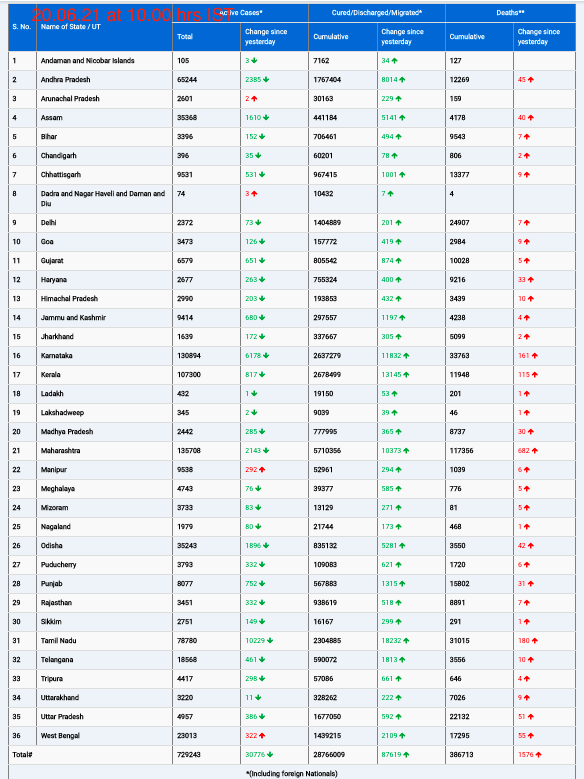In a significant breakthrough, researchers have pinpointed new variations in neuroblastoma, a devastating childhood cancer, which could pave the way for more accurate prognoses and better-targeted treatments.
Published in the British Journal of Cancer, the study unveils three novel subgroups of the most prevalent type of neuroblastoma, each characterized by distinct genetic traits, expected outcomes, and unique features that offer insights into potential effective treatments.
Dr. Yihua Wang from the University of Southampton, a senior author on the paper, emphasized the pivotal advancement in understanding MYCN non-amplified neuroblastomas. He stated, “These findings represent a significant milestone in our comprehension of MYCN non-amplified neuroblastomas. The identification of three distinct subgroups provides valuable prognostic implications and insights into tailored therapies.”
Neuroblastoma, a cancer originating in nerve cells, afflicts approximately 100 children annually in the UK, constituting six to ten percent of childhood cancers. This malignancy manifests in various parts of the body, including the abdomen, chest, neck, or pelvis, with the potential to metastasize to other organs.
Despite advancements in treatment, the overall prognosis for neuroblastoma remains poor, with only 20 percent of patients surviving five years post-diagnosis. However, outcomes vary widely, with some tumors regressing spontaneously while others prove resistant to therapy and progress.
A key determinant of risk is the amplification of the MYCN gene, occurring in about 20 percent of cases and accounting for a significant portion of high-risk neuroblastomas.
To unravel the diversity of outcomes within MYCN non-amplified cases, researchers from the University of Southampton and China conducted a comprehensive analysis of over 1,500 biopsy samples from 16 datasets. Utilizing advanced analytical techniques, the team identified three distinct subtypes based on transcriptional signatures, indicative of underlying biological processes.
Subgroup 1, constituting approximately half of MYCN non-amplified cases, displayed the most favorable prognosis, with a long-term survival rate exceeding 85 percent, despite some cases being clinically classified as high risk.
Conversely, Subgroup 2, representing a quarter of MYCN non-amplified cases, exhibited the poorest outcomes, with a long-term survival rate of 50 percent. This subgroup shared a genetic signature akin to cases with MYCN amplification, suggesting potential treatment avenues with AURKA inhibitors.
Subgroup 3, comprising another quarter of MYCN non-amplified cases, showcased an ‘inflamed’ gene signature, suggesting heightened immune activity. Patients within this subgroup were predicted to respond favorably to immunotherapy.
Dr. Wang emphasized the potential for personalized medicine, stating, “This research lays the groundwork for tailored therapies, offering precise prognoses and treatments for patients with MYCN non-amplified neuroblastomas, thereby enhancing outcomes and quality of life.”
Funded by the UK Medical Research Council and the Natural Science Foundation of China, this study marks a significant stride towards improving treatments for neuroblastoma, offering hope for better outcomes for affected children.












